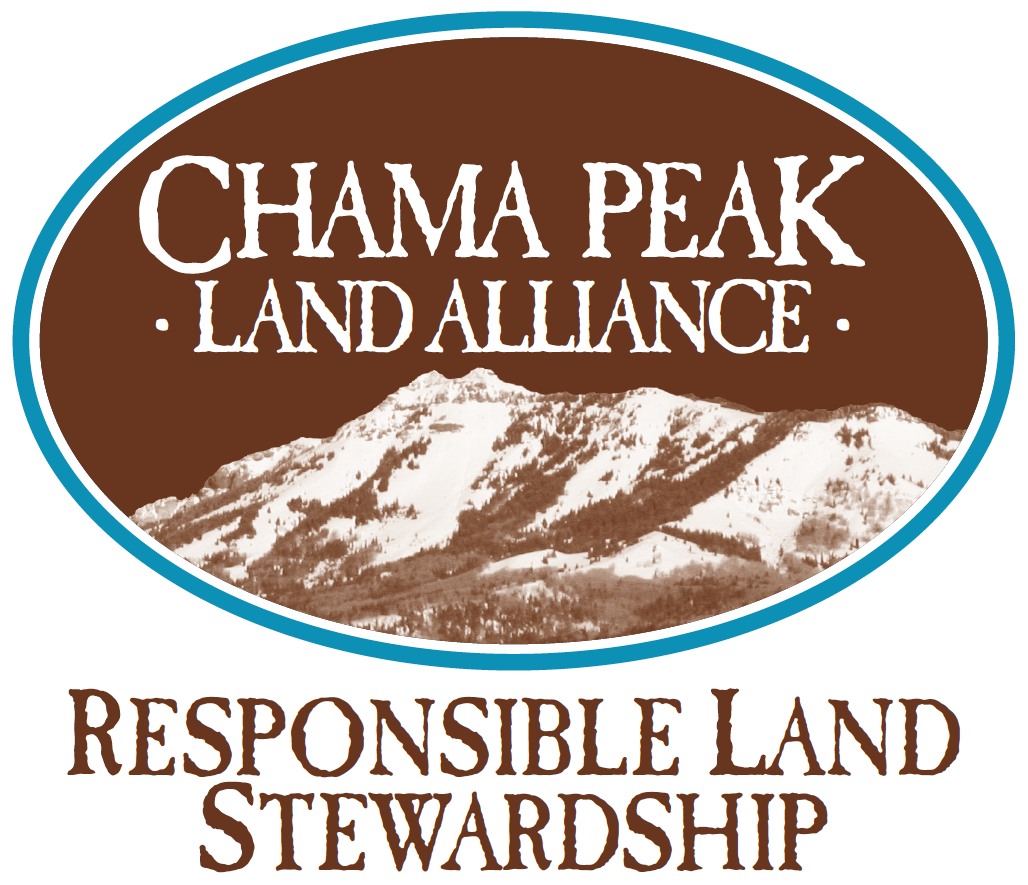SUSTAINABLE AGRICULTURE
ACTIONS:
Workshops. Work with partners, experts and educators to provide educational opportunities through workshops.
Facilitate discussions of good practices and stewardship through various channels.
Farm & Ranch Radio Show with Sage
Social Media
Newsletter
Emails
Discussion groups
Participate in Agricultural Organizations and share relevant information.
Provide Resources for soil, grazing, water, seeds, cover cropping, reproductive health, forage, organic, biocontrol, animal husbandry and other agricultural opportunities.
COmmunity values mapping
Colorado and New Mexico are facing oil and gas leasing decisions that may affect landscapes and communities for decades to come. Responsible energy development can bring positive economic benefits and provide American energy independence. Unplanned energy development, however, can inadvertently injure the region’s environment, economy, and quality of life.
Back in July 2013, the Alliance formed a unique partnership with Archuleta County, CO, Rio Arriba County, NM, Future West, and Groundtruth Geographics to conduct a community-based mapping process to identify critical community resources such as municipal water supplies, high-value recreation, wildlife, and agricultural production areas that may be impacted by energy development.
The goal of the workshop was to create a transparent and interactive community-driven map that identifies and ranks community values on the landscape. This GIS-based map of community values can be integrated with other data layers such as wildlife habitat and local government land use plans to create a basis for landscape-scale planning. Communities can then use this map to minimize potential energy development impacts to critical community resources such as municipal water supplies, acequias, moradas, high-value recreation, hunting areas, and agricultural production areas.
Read the report here.
View a motion story of the community mapping process described above.
biomass utilization
Biomass utilization is the harvest and utilization of woody biomass, often the limbs, leaves, needles and other parts of trees left as by-products of forest management, for producing bioengery or other products such as lumber, composite materials, or ethanol. Forest management, whether commercial timber sales or thinning for ecological restoration, produces significant amounts of this woody material. If left on the ground this woody biomass can increase fire risk, reduce grazing availability, or impede recreation. Often, the material is instead piled and the piles are burned, usually when snow cover makes fire danger minimal. The time and effort to pile and burn forest by-product is costly, and sometimes cost prohibitive to private landowners. If a market for this material existed it could instead be removed from the land at a cost-neutral or cost-benefit to forestry management projects, and could be a source of renewable local energy production or support economic development in other industries.
In 2012, the Alliance and Western Environmental Law Center received $50,000 from the USDA Rural Business Enterprise grant to conduct a healthy forests and wood utilization feasibility study. The Chama Peak Land Alliance brought together all the relevant stakeholders in the region to develop a biomass utilization study funded by this grant. That study was completed in June 2013 and identified emerging and appropriately scaled technologies and business models to help restore forest health, create jobs and potentially furnish renewable sources of energy. Now that the study is complete, the Alliance hopes to take the work to the next step, working with economic development partners, forest managers and other stakeholders to attract or develop a biomass facility.
Study Findings
Findings from the study indicate the Chama region holds considerable potential for sustainable, commercial scale biomass utilization. The development of a biomass plant in this region will help:
Protect vital watersheds by reducing forest fire risk
Reduce sediment loading after fire
Restore forest health by thinning overstocked stands
Create jobs & support state and local economies
Improve wildlife habitat
Sustain endangered silvery minnow and southwest willow flycatcher populations
Support public recreation
Produce sustainable, alternative forms of energy
Demonstrate effective partnership between the USFS and private landowners
Read the study here.
Today, the Chama Peak Land Alliance is working with the San Juan – Chama Watershed Partnership and the 2-3-2 Cohesive Strategy Partnership, two collaborative efforts bringing together public and private partners to address a multitude of management issues at different regional scales. A major focus of these groups is to support development of a regional biomass industry, as experience with this issue has shown that drawing on the people, industry, and land base of a wider area is a more feasible approach and will more likely sustain a profitable and viable biomass industry.


